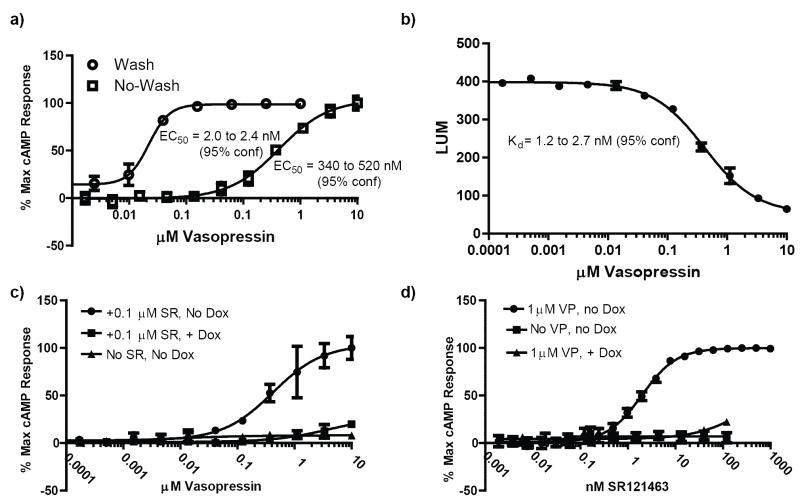Fig. 2. Responses of controls in the 384-well formatted hV2R[L83Q] Pharmacoperone Assay.
(a)Comparison of vasopressin titrations in the absence of doxycycline using the heterogenous and no-wash protocols. Note, the shifted EC50 for the no-wash protocol (in the presence of 100 nM SR121463) indicative of the competitive antagonistic properties of this pharmacoperone. (b)Raw luminescence values from a vasopressin titration performed using the no-wash protocol in the presence of 100 nM SR121463 fit to a one site competitive binding model. Literature values (0.94 nM) 13 for the Ki of SR121463 were used to perform the fit. The resulting Kd for vasopressin is consistent with the literature value of 1.6 nM 15. (c) Vasopressin titrations. In the absence of doxycycline (“Dox”), hV2R[L83Q] is synthesized and retained in the ER; a vasopressin challenge yields no cAMP response (triangles). Following pre-treatment with 100 nM of the pharmacoperone SR121463 (“SR”), hV2R[L83Q] is rescued and trafficked to the plasma membrane, and a robust cAMP response to vasopressin challenge is observed (circles). Also included are the results of challenging the cells with vasopressin after preincubation with SR and 1 μg/ml doxycycline (squares). (d) Pharmacoperone titrations. In the absence of Dox, increasing concentrations of pharmacoperone SR121463 increased the amount of hV2R[L83Q] on the surface of the cells, with the result of increasing cAMP responses after challenge with an EC100 of vasopressin (circles). An EC100 challenge of vasopressin to cells in the absence of doxycycline (squares) or pretreated with 1 μg/ml doxycycline (triangles) results in no appreciable cAMP response. Each dataset is normalized to either the 100% response of either VP (left) or SR (right) dose-response curve.

